I have been feeling a lot of feelings about geese lately. It’s their nesting season in our neck of the woods and if they were common before we’re bursting at the seams with them now. They’re especially ubiquitous in an area my partner and I call “Stuff Town” - a mile-long strip of all the big box stores and casual dining chains. Yesterday I counted three separate sets of goslings on the banks of a single retaining pond by the Lowe’s. Because of the abundance of geese lately, too, I’ve seen two motor vehicles nearly run a goose over while it was crossing the road in the last two days. I am feeling really down about the easy, unrelenting ubiquity of human cruelty, which so often comes from being pressed ourselves in other ways - not enough time, not enough resources, gotta keep it moving.
I was not a fan of geese until I read this one part of Aldo Leopold’s A Sand County Almanac last year. I found them to be ornery and slightly scary - getting hissed at while riding by on my bike I would yell insults at them from a safe distance just for the satisfaction of it. Here are some snippets of what Leopold said in 1949:
A chipmunk, emerging for a sunbath but finding a blizzard, has only to go back to bed. But a migrating goose, staking two hundred miles of black night on the chance of finding a hole in the lake, has no easy chance for retreat. His arrival carries the conviction of a prophet who has burned his bridges. [...] It was found by mathematical analysis that flocks of six or multiples of six were far more frequent than chance alone would dictate. In other words, goose flocks are families, or aggregations of families, and lone geese in spring are...bereaved survivors of the winter's shooting, searching in vain for their kin. Now I am free to grieve with and for the lone honkers. [...] By this international commerce of geese, the waste corn of Illinois is carried through the clouds to the Arctic tundras, there to combine with the waste sunlight of a nightless June to grow goslings for all the lands between. And in this annual barter of food for light, and winter warmth for summer solitude, the whole continent receives as net profit a wild poem dropped from the murky skies upon the muds of March.
So I guess I just need to say: we’re all just doing our best trying to make our way through the Target parking lot, geese included. It does feel worthwhile to mention the event I witnessed two years ago, when four lanes of traffic stopped at a green light in both directions while a family of geese-parents and their goslings crossed at an intersection of Stuff Town. Let’s be like that more. Mary Oliver told us and she was right about each of our place in the family of things, wild geese included.
We’re in the process of trying to sell our house and I am practicing getting absolutely wrecked on surrender. What else can you do? I have always had a really hard time with strangers in the house, no matter how helpful they are being (and no matter that I have asked them to be there, e.g., to fix the stove). So having these showings every day - keeping the house extremely clean and tidy (oh lord my house has never been this clean and tidy for such a long stretch! How do you naturally clean and tidy people do it??) and then coming home to tiny things being changed around…random lights on, closed doors ajar, the shower curtain pulled back, a window opened, like a very subdued house ghost has gone through to gaslight me - has wildly thrown me off my game plans.
So I’m working on being less rigid, more flexible with my plans (I pretended to be a very cool, chill, go-with-the-flow kinda girl for so long and one of the most liberating revelations of recent years is to stop that performance. I am uptight! I need to know the plan! I need an extremely specific morning routine every day! This is who I am!!!). So I am especially proud that through this very strange time I’ve been able to finish a garden design I’ve been really excited to work on for a client who lives just down the road from me.
This one was a fun puzzle for a lot of reasons. The house is in a suburban development with an HOA, and so the planting areas are very strictly bounded and need to look tidy. There is one area in the backyard where water pools temporarily every time it rains, so obviously I wanted to put an intentional rain garden there to manage the water (over)flow, with tons of native plants that can thrive in the wet, short-term flood conditions during rain: buttonbush, obedient plant, blue wild indigo are a couple that I picked. The client wanted cascading drifts of plants at several heights, with what I’d describe as a New England color palette (cool blues, creamy whites, soft purples, with some small pops of golden yellow) with the low-maintenance beauty of Midwestern native plants.

I’ve written before about the chokehold that the English cottage garden aesthetic has on American yards, popularizing many non-native plants to evoke this style. These plants look nice but they are adapted for a completely different kind of climate (i.e., the UK) so they struggle through some of these weather extremes we frequently experience in this part of the county. While the flowers may benefit a couple of pollinators, they haven’t co-evolved together over the millenia so this positive effect is extremely limited, if it can be said to exist at all. Native plants, on the other hand, thrive here and benefit multitudes of other species (in the case of keystone species like the bur oak, it can be several hundred other species). Because they are meant to grow here they need exponentially less maintenance and fewer resources (water, fertilizer, pest prevention) to stay alive. And, I argue, they are absolutely stunning.
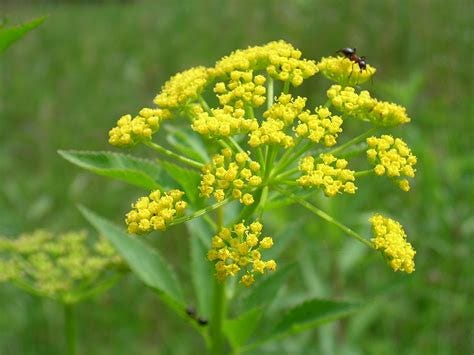
There are so, so many plants native to this area that fit the bill for this client’s site conditions that I had quite the time sorting through all of the options that came to mind (genuinely, an extremely nerdy joy for me). The challenge was designing for plants that would grow to fill in each visual niche from six inches tall to ten feet tall, creating a feeling of lush fullness at every level, which would bloom throughout the growing season, April through October. I got to play with tall fern borders, blooming ground covers like wild petunia, and drama queens like prairie blazing star and blue sage. The client also requested any evergreen or other plants that kept their color through the winter so I got to recommend (among others) red osier dogwood, a favorite of mine found all over the nature preserves here, whose branches stay a vivid red when everything else is sticks.

I am really proud of the design I created and I can’t wait to see how it unfolds in the space as the clients DIY it at their own pace over the next couple years. I also feel like this project in many ways really is the pinnacle of the mission of Tender Thickets: showcasing the stunning beauty of native plants at a home scale - how these gardens can be both gorgeous and ecologically beneficial at the same time, and that choosing native plants does not mean sacrificing on aesthetics. I think this is a vitally important shift everywhere, but especially somewhere like Illinois, the so-called “prairie state” which has lost 99% of its prairies to monocrop agriculture and development. I don’t know how else to say it: preserving the biodiversity, the native species that are at risk whenever and wherever we can is not a casual cause.
This time of year we’re also seeing one of the other prime reasons we’re losing tons of biodiversity: the invasive species leap out of the ground early and leaf out before native plants have started waking up. I’m seeing amur honeysuckle already almost three feet tall in my wildflower plantings, after I ruthlessly dug every single sprout out last year, roots and all. It’s most depressing to see walking around the nature preserves - despite the efforts of whole teams of staff and volunteers doing removal and prescribed burns, the honeysuckle just takes over the mid-layer of any wooded area and blocks out the sun to the ground, making it impossible for many plants to get the sun they need to live.
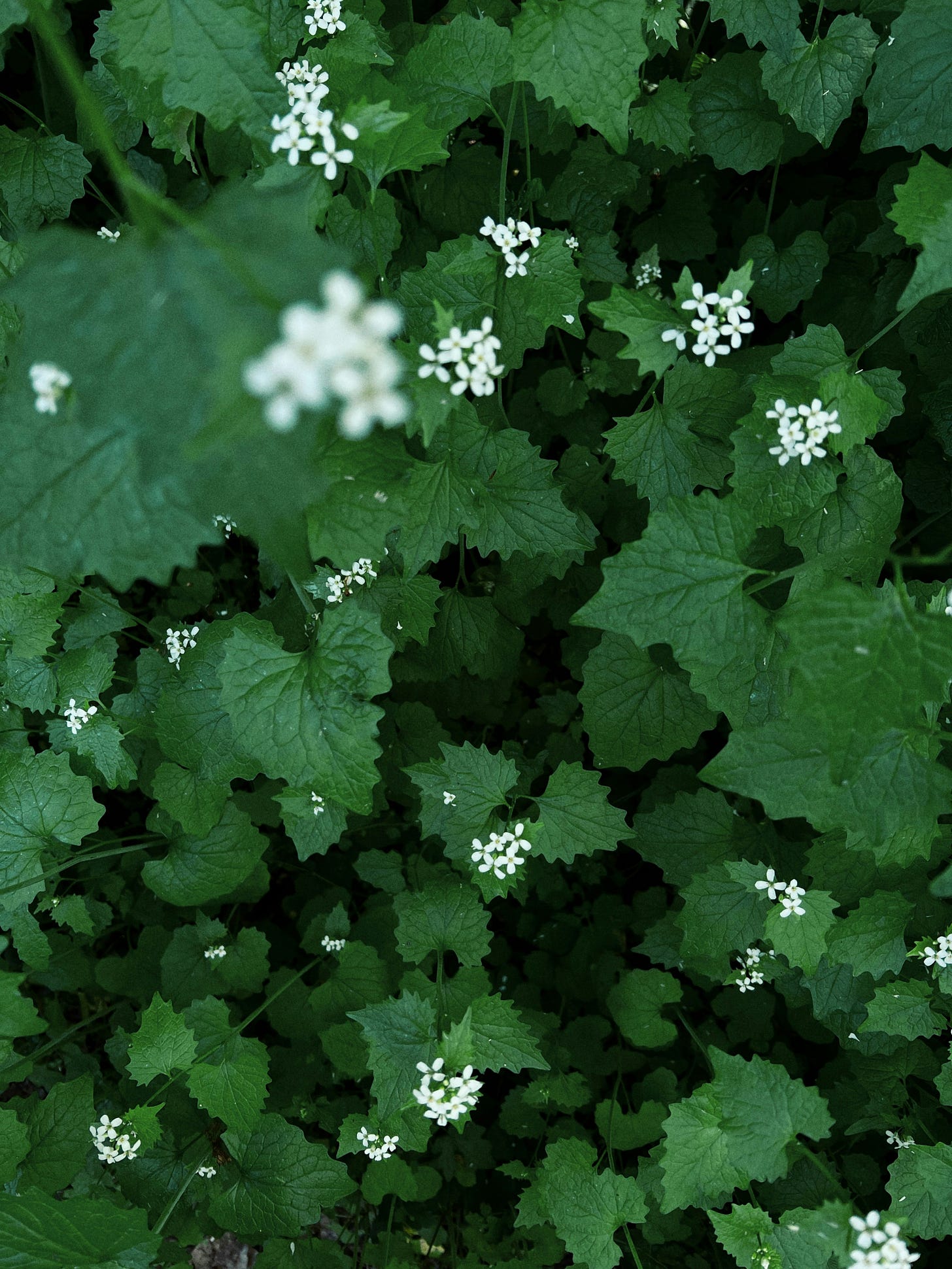
One invasive plant that’s also popping up everywhere right now is garlic mustard. This is one asshole plant that I do not fear because I know it is delicious, so I harvest it with abandon. Eating invasive species is not going to silver bullet our biodiversity problems but it definitely helps. Here’s a recipe for my favorite way to eat garlic mustard, with some identification pictures. Learn how to identify this one piece of shit plant and you can add some tasty garlicky flavor and ecological benefit to your dishes.
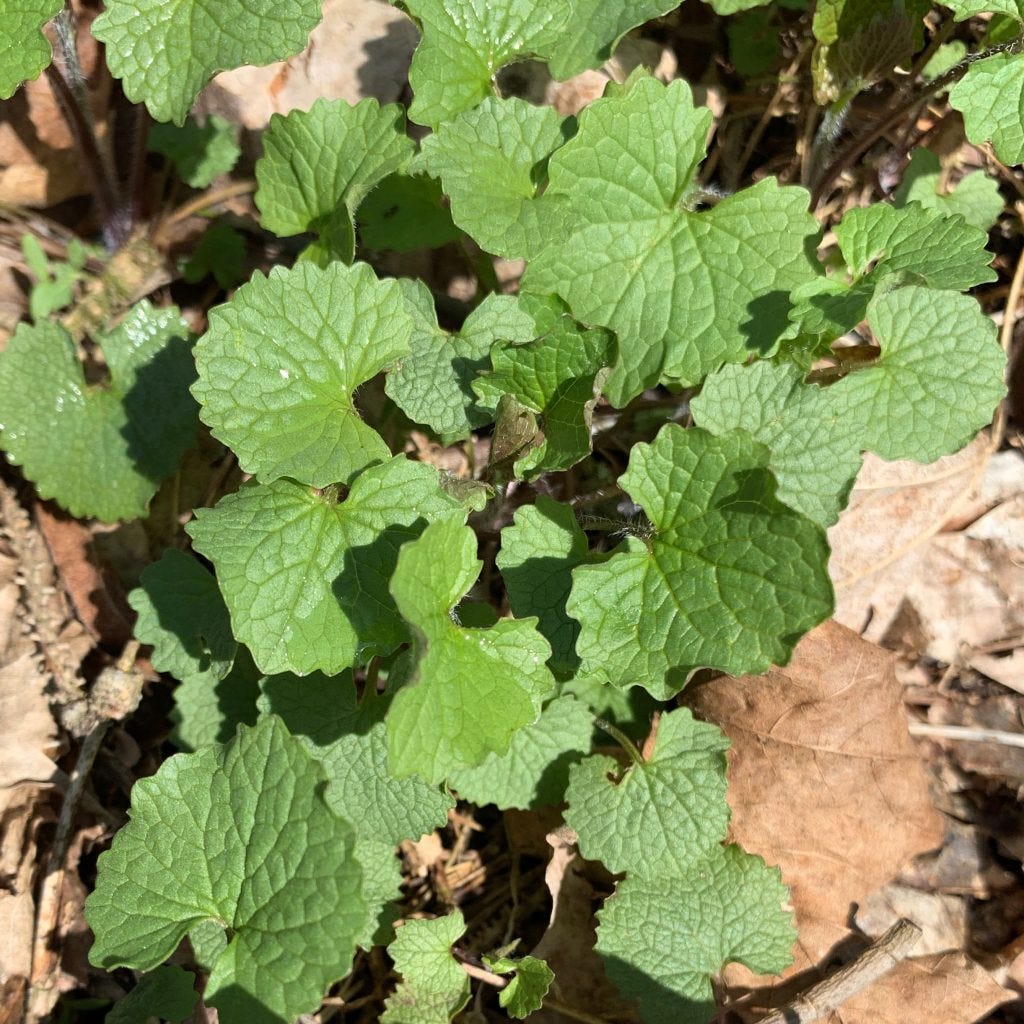
Recipe (a term used loosely):
- You need a big ol’ handful of washed garlic mustard, about a packed cup’s-worth (or more if you like that strong garlic flavor!). - One 16 oz block of silken tofu - 'bout a Tablespoon of lemon juice - 'bout a Tablespoon of olive oil - nutritional yeast, salt, and pepper to taste Throw them all in a food processor and blend until smooth, or pre-chop the garlic mustard and mix vigorously by hand if you don't have a food processor. Enjoy with your favorite crackers or crudite.
Bam, done, delicious.
Let me know if you try to make this or something else with garlic mustard! I am always looking for ways to eat this fucker.
Thanks for reading! See ya next time.

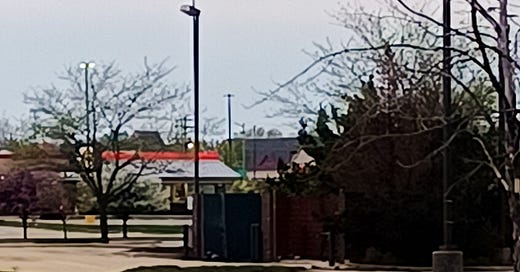



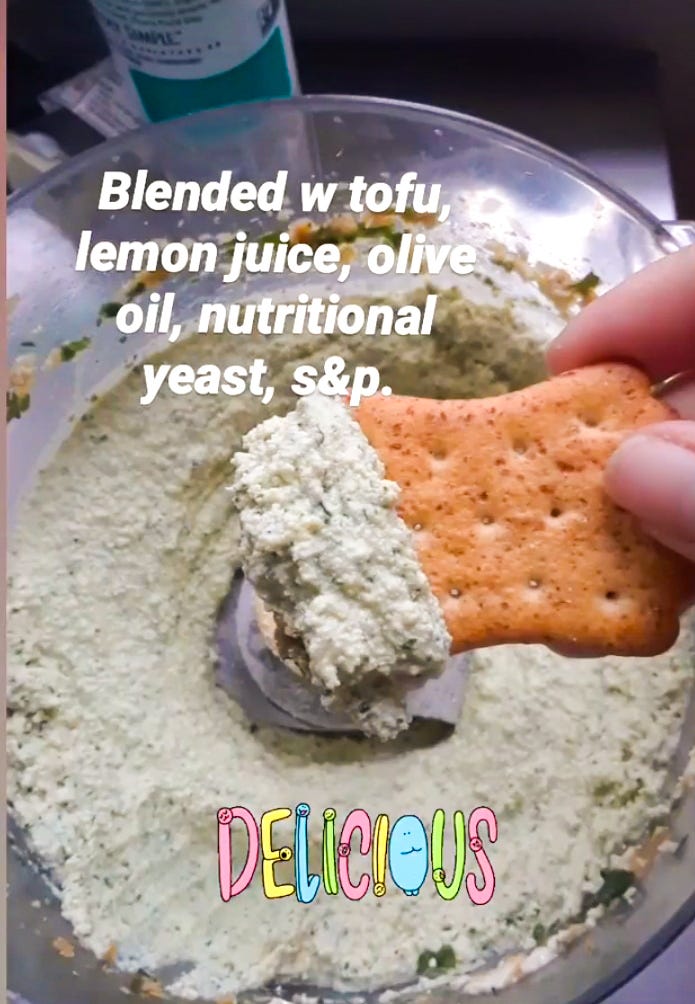
As a bird lover, I'm really glad you came around about geese. Here's one of the best things I've seen written about them: https://theoutline.com/post/8082/geese-are-real-dicks-untitled-goose-game
Wrecked on surrender - I love it so much.